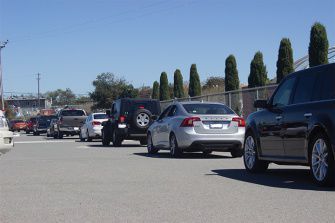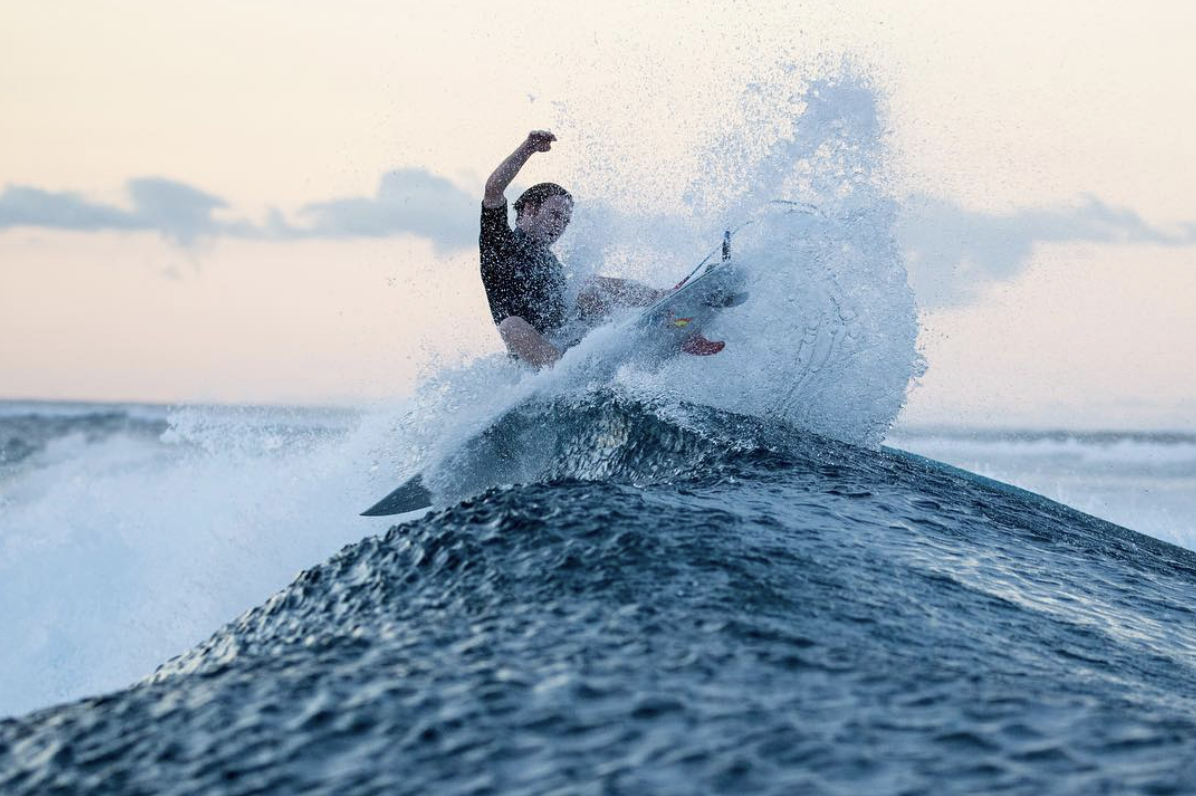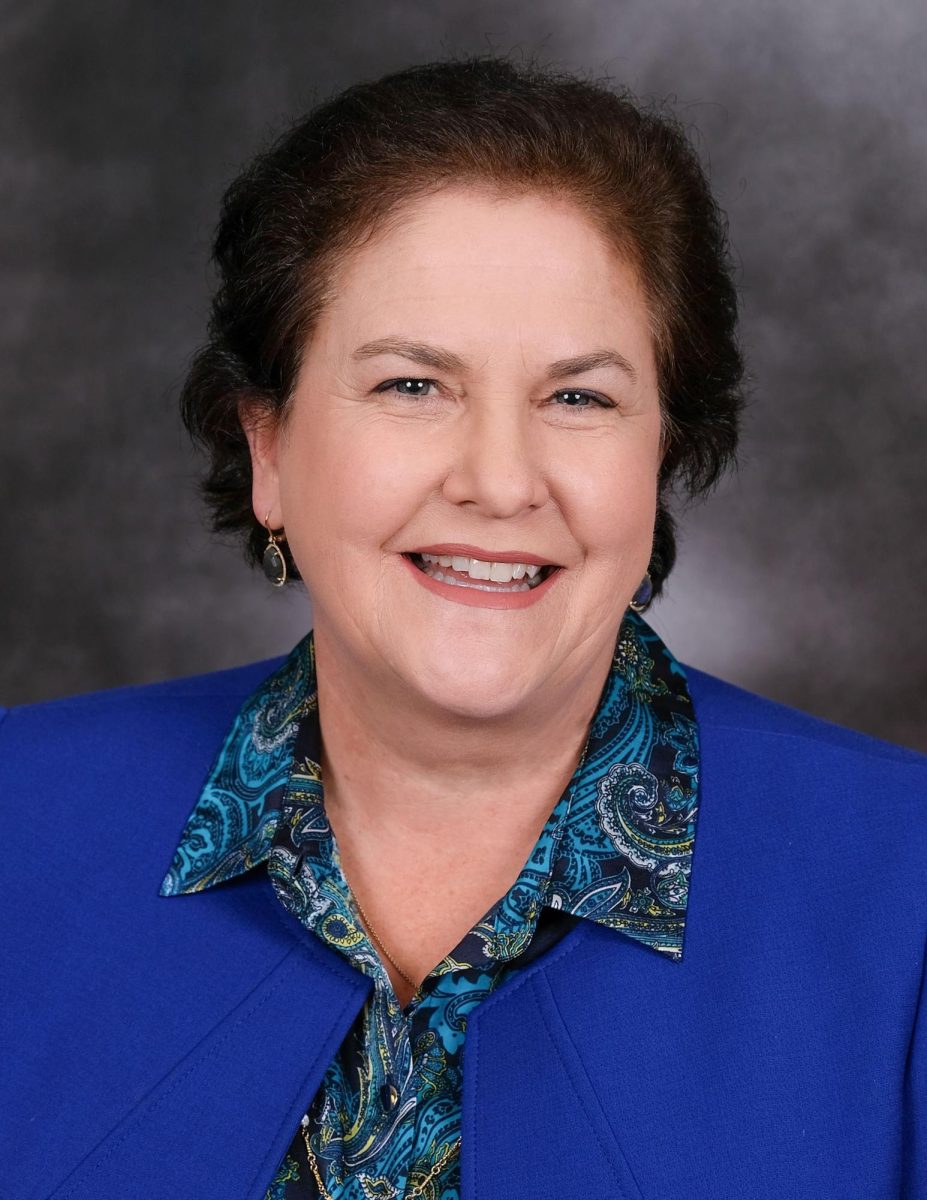For incoming juniors with newly-laminated licenses, the start of the school year typically marks the long-awaited time when they can finally park at school and drive out to lunch with their friends.
But this year’s new drivers may just have to wait another year, until its legal, to drive their friends to lunch as the school is implementing a new policy aimed at preventing drivers from breaking provisional license laws.

Due to concerns from parents about students breaking provisional driving laws, the school will hand out two different types of parking permits this fall: red ones for provisional drivers and black ones for unrestricted drivers.
According to Assistant Principal LaSandra White, the provisional driver’s parking permits will be red and labeled as “restricted.”
“The parent community has a concern, as I do,” White said. “When you stand out there at lunch, kids are piling in and racing off campus to get lunch in a short amount of time.”
According to a Bark survey taken last week, 90% of upperclassmen that have their licenses said that they drove other minors during their provisional period, 32% of which said that they did so almost daily, and 89% of upperclassmen said that they have been driven in a car by a driver with their provisional license.
PTSA President Jean Lin said that provisional drivers are the top concern among Redwood parents.
“We felt that we had enough parents that have approached us about common concerns about provisional license drivers [to present it to the administration],” she said.
Even though parent concern was the main factor leading to the implementation of the new parking permit system, 31% of juniors reported that they still are not sure if their parents care if they break their provisional license terms. Only 27% said that they believe that their parents do care if they violate those terms.
This is a contrast from seniors, who are more likely to have their full license at this point, of whom 47% said that their parents cared if they broke the provisional license terms and only 9% are unsure if their parents care.
White said it is still unclear how the new rule will be enforced.
“This sort of came about at the end of the year,” she said. “So we haven’t really sat down as administrators and campus assistants, who handle discipline, and our school resource officer, who was a part of this, to really flesh out how we’re going to approach this.”
It is clear, however, that the new restricted permits will provide the school with a better understanding of who is breaking provisional license law and who to punish accordingly.
“Our recourse is the permit,” White said. “If we have students who continue to violate any of our policies, whether it be speeding, whether it’s parking in the wrong place, or if it’s not adhering to the restriction versus non-restriction, then our thing is that we can rescind parking privileges.”
According to School Resource Officer Patty Monge, the school can act based on the permits, but the police cannot.
Police cannot pull over a driver on suspicion of provisional license violations, but they can cite such an activity as an additional charge if the driver is pulled over for other reasons. The new permit system will not change that, but police will not be allowed to use the restricted permit as grounds for pulling over a driver.
However, they are allowed to inform the school if they see drivers with the restricted stickers driving others, and the school can act upon it under their rules.
“I cannot act on what the school rules are for the most part as far as in relation to the new permit,” Monge said. “We can let the school people know as if they had seen it themselves and they can follow up with it.”
Monge said most of the Central Marin Police Authority officers around Redwood are unaware of the new restricted permits, but according to White they do have access to all information that Monge has as a School Resource Officer.
The only role that the police had in the creation of the new permits was to inform the school of what the police department can and cannot legally do in respect to the permits, according to Monge.
Once students turn 18 or complete their year under the license provisions, they will be able to swap out their restricted permit for a full permit.
The trend of provisional drivers violating the provisional terms appears to be getting worse, as 61% of juniors reported driving other minors often or almost daily during their first year, while only 43% of seniors reported that they did so.
In a study conducted by the Insurance Institute for Highway Safety, the number of crashes in California involving 16-year-olds has decreased 23 percent since the institution of a provisional license system. Crashes involving 16-year-old drivers with teenage passengers have decreased by 38 percent in that same time period.
Despite these numbers, 79% of upperclassmen said that they do not think that drivers violating their provisional terms is a major safety concern.
The IIHS rates California as “Good,” their highest possible rating, in terms of its young driver licensing laws.
“The reason the law was made, it’s because [young drivers] are not experienced and there are a lot of distractions that happen,” Monge said. “A lot of drivers can get pressured not verbally, but just by the mere fact that they have other kids in the car, to go a little faster or to hurry up, so therefore the driver has to speed up, and it’s just not safe.”
The IIHS also claims that if all 50 states were to adopt the toughest driving laws, it would prevent an estimated 9,500 crashes and 500 fatalities each year.
Although the new permits are not perfect, they are a step towards solving an important problem, according to Lin. She said this year will be a trial run for the permits.
“Because of all the concerns of the parents, I believe it merits some kind of experimentation to try out different methods of issuing permits,” Lin said.











